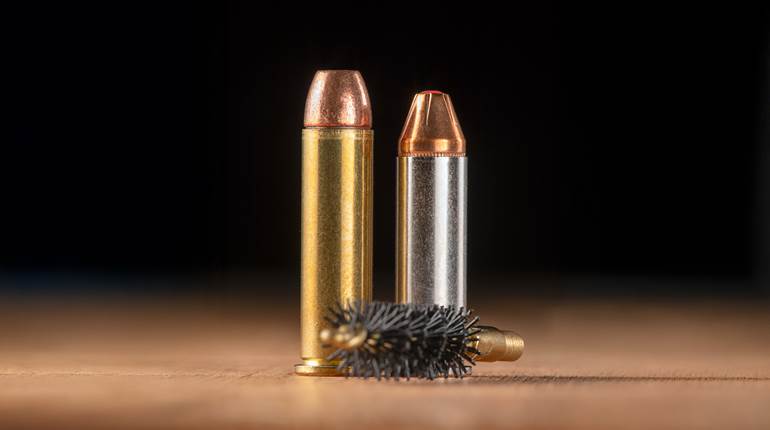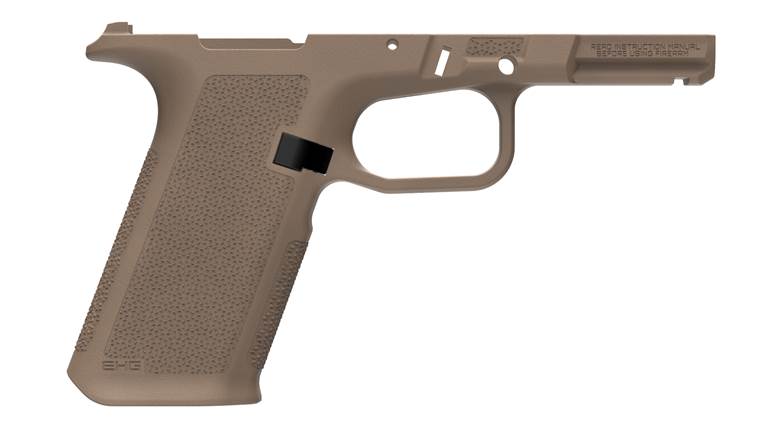
We’ve all had to learn to navigate the murky waters of firearm ownership, with some of us lucky to have guiding mentors and others not. In my decade-long career working with the masses at Renaissance Firearms Instruction, I have seen quite a few reoccurring maladies, gear mistakes and habits that make our instructors cringe. Some of them are so common that I’ve concluded that these errors are simply rites of passage for newcomers, and at some point, we are all going to succumb to them. While the list is rather long, here are my five favorites to discuss.

Butchering A Military-Surplus Rifle
Believe it or not, there was a time when rifles like the Mosin-Nagant M91/30 cost less than Ruger 10/22s. As such, many of us tried to sidestep the expense of buying a modern firearm by picking up one of these at a gun show and then attempting to kit it out with the latest accoutrements. The results are almost always less than desirable, and by the end of the project, you’ll find yourself scratching your head, wondering why you didn’t just buy an affordable AR-15 or a budget bolt-action like a Savage Axis. Over the years, I’ve seen it all, including Picatinny rails attached to stocks with drywall screws, buttstocks chopped with a Sawzall and even muzzle brakes affixed with JB weld (it lasted one shot). I, for one, “reconditioned” an M1 Garand stock set in what I can only describe as an experiment in Tung oil and 80-grit sandpaper. I’ve been tempted to replace it over the years, but every time I look at it, I enjoy being reminded of how far I’ve come.

Learning Marksmanship From The Interweb
The internet has a tremendous amount of information. However, it’s important to realize that not all of it is good information. To that end, I’ve worked with some incredibly misguided individuals in nearly every discipline. One of my favorite sporting clays students used to pull the trigger on his shotgun and then violently swipe the muzzle in the direction of the target. When I asked him why he did that, he explained, “to better spread the pattern out, like whipping water out of a glass.”
Swing-through, or pull-through shooting is in fact a style used by many successful shotgunners, and while it does in fact connect with clay targets, this student had misinterpreted the internet likely because the internet often misinterprets itself. I took a moment to dissect a shotgun shell and show him that the pellets leave the barrel inside of a cup as a single unit. He was delighted that he didn’t have to shoot that way anymore and quickly expressed his disgust for the vlog where he learned this misguided technique.
You can get bad information in person, too; such was the case with a pistol shooter I met who used to cross his legs in the standing position. He was told it would help him “brace the recoil” and never bothered to confirm this sage advice that he received across the gun counter. As for myself, I was told by an old-timer to hold my breath as long as I could before taking a precision rifle shot, as your body is most relaxed right before you pass out. I mean, medically, he was correct, but it didn’t take long before I abandoned that method and sought some better instruction.

“Just Get A Shotgun”
While shotguns might be the epitome of a multi-purpose firearm, they will never be an all-purpose firearm. This one might touch a lot of folks, as there was a recent surge in the sale of this popular platform during the pandemic. Often billed as “good for home defense, hunting and target shooting,” the guy behind the counter typically fails to elaborate on the specifics.
Sure, you can hunt with one but only as long as you aren’t planning to take a shot much further than 100 yards. They are superb home-defense tools, but only if you have enough space to swing one and ensure errant pellets won’t cause collateral damage. Lastly, they’re great target guns, as long as you understand that means moving clay targets and not punching paper with expensive, heavy-recoiling slugs. If you can check off these boxes, then yes, you should “just get a shotgun.”
However, if you want to shoot bulls-eyes, hunt wide-open spaces and defend a one-bedroom apartment, you’re going to need a few different guns. In my years, I’ve had students show up to NRA Rifle courses with slug guns (they hadn’t learned the difference yet), only to learn why slugs come in diminutive packs of five. Not only are the rounds expensive, but recoil isn’t enjoyable.

Buying The Big Pistol
New York’s metropolitan area has an enormous police presence, so much so that you’d be hard-pressed to meet a citizen that doesn’t have a “cop buddy.” The problem with cop buddies in urban environments is that most don’t have firearms experience beyond their service pistol. As such, when they make a recommendation, there is only one gun that they can recommend. Sure, that full-size handgun is a joy to carry outside of your waistband, and they appreciate the extra barrel length when it’s time to qualify, but these aren’t ideal for concealed carry, particularly if you are built with a smaller frame.
I often encounter students who quickly learn that packing 5” worth of barrel against a 105-lb. frame isn’t fooling anybody. On the bright side, most are happy to hear their full-size guns are excellent for home-defense use, not to mention it is a tool that is also great for learning the fundamentals of marksmanship. Every time I see one of these, I think of my M57, which I bought when I didn’t have two nickels to rub together under the auspice that “I’d only be carrying it when traveling out of state.” Needless to say, more than 20 years later, I still don’t have a holster for it.

The DIY Scope-Mounting Job
Mounting your own riflescope will always be the best way to get it exactly where it’s most comfortable for your eye. However, DIY-ing this gives you a lot of rope to hang yourself with. I’ve seen a few doozies in my day, with my favorite being a student who showed up with a 1” scope sitting inside a pair of 30 mm rings. How did he take up the extra space? Duct tape. He proved his work to me by grabbing it and ensuring me, “it’s not going nowhere!” He was only one rare case, but at least once a year, we have a student who claims dialing up is moving his impacts left. This is because he mounted his optic with an immense amount of cant. Shooters who make it past ring selection and reticle orientation often show up with improperly torqued hardware. This becomes evident when their optic stops holding zero and eventually plops right off the rifle. But who am I to judge? My first optics job pinned the objective lens against the barrel and interfered with the bolt throw; it was one of the longest trips back from the range I’ve ever had.
We all learn in different ways, and nothing is more powerful than a good mistake. For that matter, I urge those in teaching positions to respond to these situations with a gentle hand. If explained without ridicule, most students will never make the same mistake twice. While you’re at it, take a moment to think back to a comparable error that you might have made. In that notion, you will find one of the greatest gifts of being an instructor; what was frustrating years ago will become a sentimental memory.




































